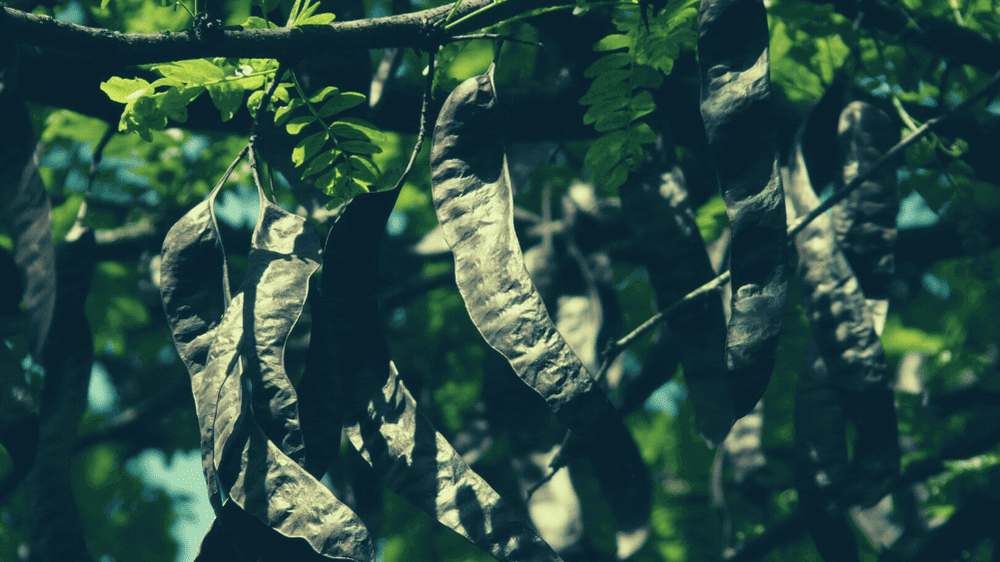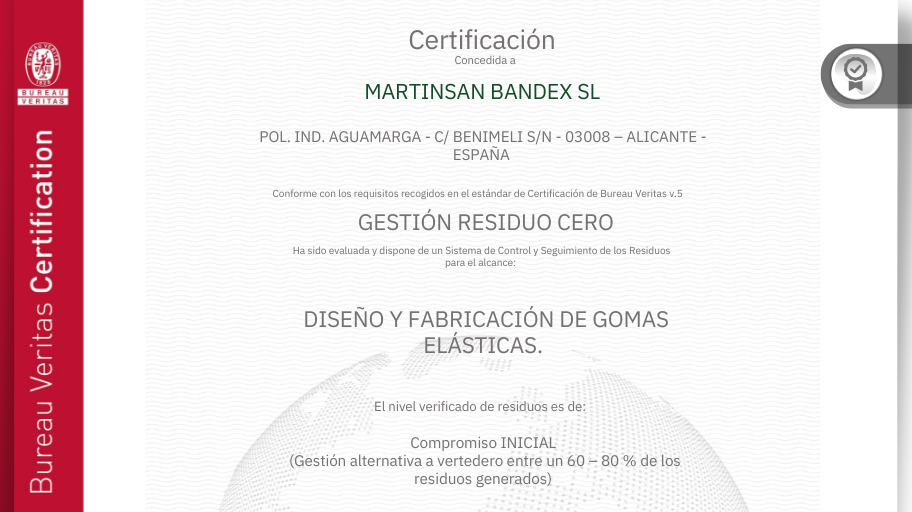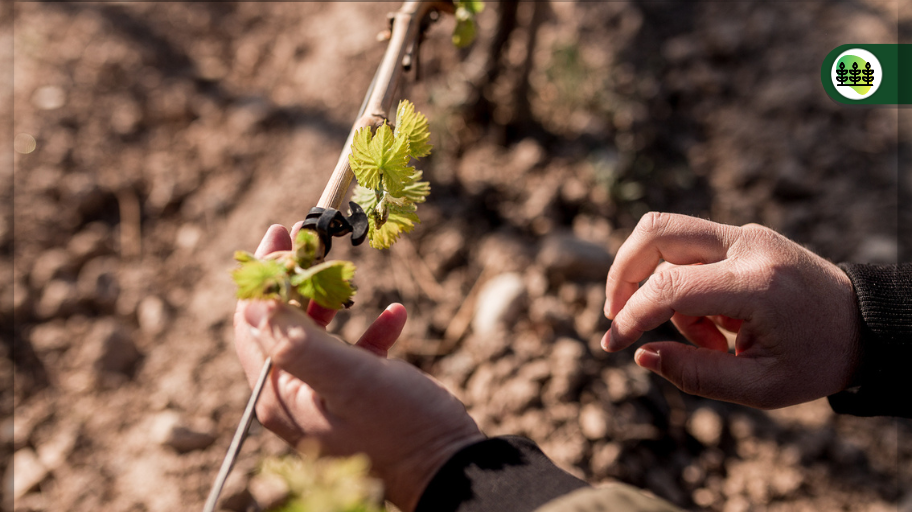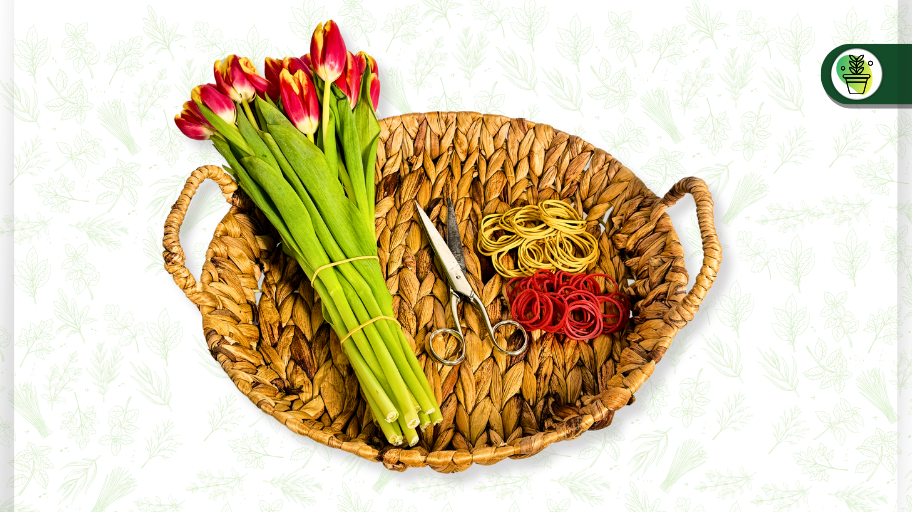Carob pods are highly valued for various industrial processes. It has always been a basic product for farm animal feed, both in its primary state and ground to produce a flour that is highly accepted by poultry and other livestock.
Agricultural cooperatives and traders purchase carob beans to produce different types of animal feed and, increasingly in recent years, a high percentage is even destined for specialized processing industries for human consumption.
A fruit that pays better than ever: in two years, the price of carob has increased by 110%. “Now they pay us a kilo at 1.40 and before they paid us 20 cents,” explains Francisco. “Approximately 2,000 kilos is 2,800 euros, when before it would have been 200-400 euros,” he illustrates.
The value of the pulp is still very low, being used mainly as a feed additive, but progress is being made in the use for human food, for vegetable meats or as a sugar substitute, so it is very likely that there will soon be a revaluation.
This was stated by the Minister of Water, Agriculture, Livestock, Fisheries and Environment, Antonio Luengo.
Luengo explained that although the carob tree is a tree of slow entry into production “because the fructification occurs on wood 3 to 5 years, adult trees give harvests of 70 to 100 kilos, and production per hectare in dry land, with 70 trees, is 5,000 kilos per hectare in a good year and 2,000 to 3,000 on average. But a modern plantation, with a density of 150 trees per hectare and support irrigation can reach 10,000 kg/ha”.
Carob cultivation
Carob is a profitable crop. It is a foliage tree, with high resistance to drought and does not require special tillage. It has a height of between 5 and 6 meters, and can reach up to 10 meters, and produces flowers of each sex on separate stalks that are red and without petals. Its fruit, the carob, is a dark brown leathery pod 10-30 centimeters long.
It is a hard and resistant tree, but slow in giving its first production peaks, as mentioned above, but, from then on, fruit production per tree is very high within each annual cycle.
Together with these expectations about the profitability of a crop that, in addition, requires very little investment in its production process, its values in terms of sustainability are very remarkable.
A carob tree in the Cartagena countryside, for example, is a mini oasis, it has shade and food, it is the tree that in our climate and soil conditions is able to produce more biomass, fix more CO2, improve the soil and prevent erosion, among other benefits.
And it is the most adapted to global warming due to its high resistance to high temperatures and drought.
Carob as food: from a poor ingredient to a fashionable product
In ancient times, carob was used as animal feed, and this has been its main destination for many years until recently. Even today, the pulp of the pods is still used as part of the feed for sheep, cattle and pigs, and is also very common in the diet of horses and donkeys, or dried and ground for chickens.
In the last two years its demand has increased by 50% because carob now has more uses. Thus, although “formerly it was for livestock, for horses”, it is now also used in human food, according to Julián Cervera, president of the Fruitsecs cooperative.
And the fact is that everything can be used from a pod. Juan Carlos Balaguer explains that the pulp is used to make a powder similar to cocoa for the same purpose, and the seed is used as a thickener in the manufacture of jellies and sauces.
Thus, carob has gone from being a marginal product to being fashionable due to its properties. From the Association of Nutritionists of the Valencian Community, Ruth García points out that “it is a food rich in proteins, complex carbohydrates -which are healthy carbohydrates-, antioxidants, vitamins and minerals and also fiber”.
In addition, it is now present in more products, such as instant cocoa substitutes, carob flour, cookies, spreads or tablets, among others. And, as they say in the points of sale, the truth is that there is a demand for it.
Spanish Carob Production
The European Carob (Ceratonia Siliqua) is a traditional crop in most of the countries of the Mediterranean Basin, being Spain the first producer country in the world. Current harvests, according to the industrial sector, range between 60,000/80,000 tons of locust beans per year.
Between 70-80% of the Spanish production stays in the domestic market, exporting 20-30%.
Crops in Spain are mainly localized:
- 45% of production in the Valencian Community: Valencia, Castellón and Alicante.
- 28% in the Balearic Islands: Mallorca and Ibiza.
- 21.5% in Catalonia: Tarragona, Barcelona and Girona.
- 3.5% in Andalusia: Almería, Granada, Málaga, Cádiz and Huelva.
- 2% of production in Murcia.
Although carob trees usually live along the Mediterranean strip, there are specimens scattered in Madrid, Ciudad Real, Córdoba, Jaén, Las Palmas de Gran Canaria and Santa Cruz de Tenerife.
If you are a product of carob trees, our Goma Anchor can be your best ally to control, without damaging or strangling, the growth of the tree.
This rubber anchor is an excellent tying tool which is quick and easy to use, thanks to its great elasticity, it adapts to the growth and widening of the plant to stretch at the same time and not strangle it, offering a superior elasticity resistance compared to traditional systems.
No tying tool is required for this product, nor previous training for them.
Manufactured with 1st quality synthetic rubber with ideal performance against atmospheric agents: high resistance to sun exposure, ozone and extreme temperatures. They are reusable and recyclable.
Wide range of sizes: No. 3, No. 5, No. 8, No. 10, No. 10, No. 12, No. 15, No. 18, No. 20, No. 30 … to adapt to all crops.
If you want to receive a free sample just leave us your details by clicking here.




